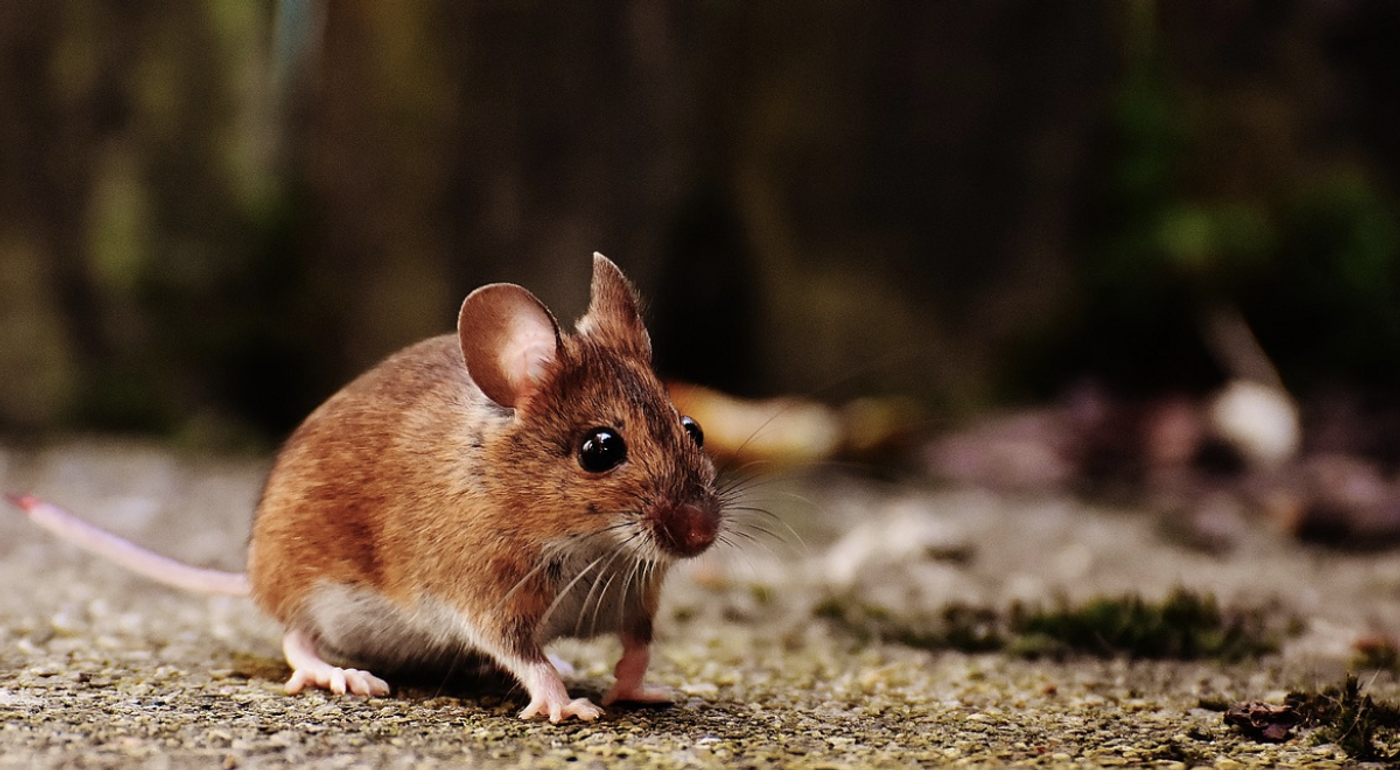Some Animals Can Breathe Through Their Whats?
There are some aquatic animals like sea cucumbers and some types of catfish that can survive in environments with limited oxygen by using their intestines, instead of gills or lungs, to breathe. Oxygenated gas or liquid can enter their rectums and deliver enough oxygen to these animals to save them from respiratory failure. Researchers have now discovered that pigs and rodents can use their intestines as respiratory organs too. These findings have been reported in the journal Med and may one day improve treatments for respiratory failure.
"Artificial respiratory support plays a vital role in the clinical management of respiratory failure due to severe illnesses such as pneumonia or acute respiratory distress syndrome," said senior study author Takanori Takebe of the Tokyo Medical and Dental University and the Cincinnati Children's Hospital Medical Center. "Although the side effects and safety need to be thoroughly evaluated in humans, our approach may offer a new paradigm to support critically ill patients with respiratory failure."
While scientists knew some marine animals could 'breathe' this way, it's been debated whether other animals had this ability. In this study, the researchers created a system for delivering oxygen to mouse rectums. When the mice were deprived of oxygen for 11 minutes, they could not survive. But when this system was introduced, the mice were ventilated; oxygen reached their hearts and 75 percent of the mice in the test could survive low oxygen conditions (that would normally be lethal) for 50 minutes.
This ventilation system is unfortunately too obtrusive to be very useful in the clinic; it disturbs the lining of the intestine so it would only be worth considering for extremely ill patients. The researchers did create another delivery system, however. Oxygenated perfluorochemicals, which are already known to be safe for people, can apparently be used in the same way as the gas is.
When a mouse model was treated in the intestines with the oxygenated perfluorochemicals, the mice got more oxygen to their hearts and were able to walk farther in a chamber at 10 percent of normal oxygen levels, compared to untreated mice exposed to 10 percent oxygen levels. When pigs were tested in low-oxygen conditions, those that received the intestinal ventilation drug had their skin color and temperature return to normal, and their oxygen levels rose without any obvious side effects.
It seems that this drug may one day be useful in getting oxygen into circulation and alleviating respiratory failure in the clinic, though more testing and research will be needed. The researchers are hoping to move forward on that work now.
"The recent SARS-CoV-2 pandemic is overwhelming the clinical need for ventilators and artificial lungs, resulting in a critical shortage of available devices, and endangering patients' lives worldwide," Takebe says. "The level of arterial oxygenation provided by our ventilation system, if scaled for human application, is likely sufficient to treat patients with severe respiratory failure, potentially providing life-saving oxygenation."
Sources: Science Daily via Cell Press, Med









